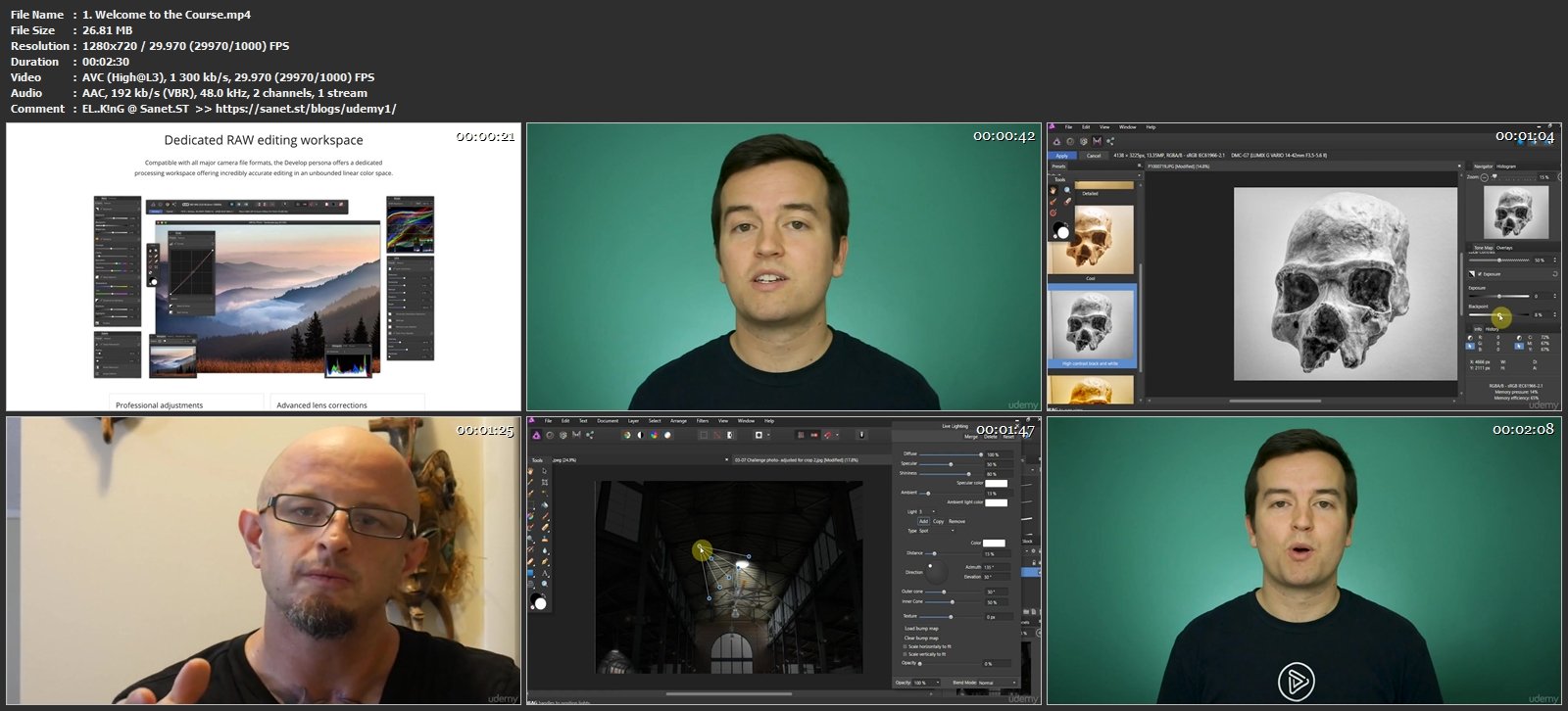

Photographers who rely on Photoshop and Adobe Camera Raw their main RAW processor will see the ‘Develop Persona’ in Affinity limited in its ability. Affinity has a very comparable feature set that resides within Photoshop, however, some features are not as polished as others. The UI is close enough to Photoshop that anyone remotely familiar with the post-processing giant can easily find their way around. Eventually, the award-winning program made its way to the Windows platform and other devices. Affinity was engineered from the ground up to take advantage of core macOS technologies including Grand Central Dispatch, Core Graphics, OpenGL and Metal 2 hardware acceleration. Previously a Windows-based exclusive, Serif did not venture into the much beloved UNIX-based OS until Affinity. The parent company behind the Affinity, Serif LTD, has almost been in the software game as long as Adobe Systems, however, was it was not as ubiquitously known as Adobe.


Pixelmator Pro is definitely the ‘new’ kid on the block getting all the attention in the wake of the introduction of Affinity photo. With a foundation built upon a combination of open source and macOS technologies, Pixelmator has grown with the OS over the last decade incorporating features as fast as Cupertino could release them. Pixelmator is a graphic editor developed for macOS by two brothers from Lithuania, Saulius and Aidas Dailide.

Let’s take a look at two popular photo editors. Powerful alternatives are already on the market that can meet, if not exceed, the functionality of Photoshop, but the question is which one is right for you.


 0 kommentar(er)
0 kommentar(er)
